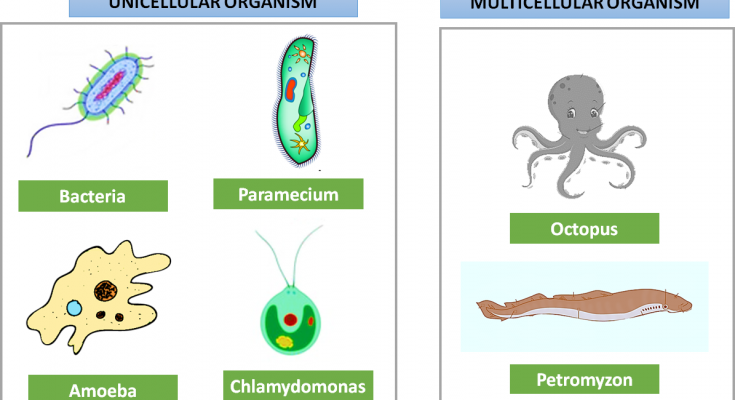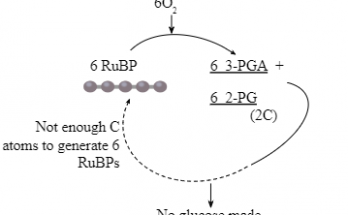Unicellular organisms are single celled organisms . These organisms are small in size and have simple structures. Unicellular organisms are able to carry out all of the functions necessary for life, such as metabolism, growth, and reproduction, within a single cell. Examples -bacteria, protozoa, and algae.
Multicellular organisms are composed of multiple cells. These organisms have a more complex structure and are larger in size. Multicellular organisms have specialized cells that perform specific functions, such as nerve cells, muscle cells, and skin cells and these cells work together to carry out the functions necessary for life, such as metabolism, growth, and reproduction. Examples – plants, animals, and fungi.
Also Check – 15 Important Differences between Unicellular and Multicellular organisms
13 Important Similarities between Unicellular and Multicellular organisms
Unicellular and multicellular organisms have some similarities which are as follows
- Unicellular and Multicellular organisms are composed of cells which is the basic unit of life.
- Unicellular and Multicellular organisms have a genetic material that determines their characteristics and traits.
- Unicellular and Multicellular organisms have a metabolism, the set of chemical reactions that sustain life.
- Unicellular and Multicellular organisms have the ability to respond to their environment.
- Unicellular and Multicellular organisms have the ability to reproduce, either by Sexual or Asexual Reproduction.
- Unicellular and Multicellular organisms have the ability to grow and develop.
- Unicellular and Multicellular organisms have the ability to maintain homeostasis, the balance of internal conditions necessary for survival.
- Unicellular and Multicellular organisms are capable of evolution and can adapt to changing environmental conditions over time.
- Unicellular and Multicellular organisms respond to stimuli in their environment and can adapt to changes.
- Unicellular and Multicellular organisms have mechanisms for maintaining their structural integrity, such as cell walls or a cytoskeleton.
- Unicellular and Multicellular organisms have evolved various ways of defending against pathogens and other external threats.
- Unicellular and Multicellular organisms play important roles in the ecosystem and are part of the food web.
- Unicellular and Multicellular organisms have a limited lifespan and will eventually die.
Did you find this article helpful? We’d love to hear your thoughts and suggestions in the comments!
Also Check – How are the Modes for reproduction different in Unicellular and Multicellular Organisms?


2 Comments on “13 Important Similarities between Unicellular and Multicellular organisms”